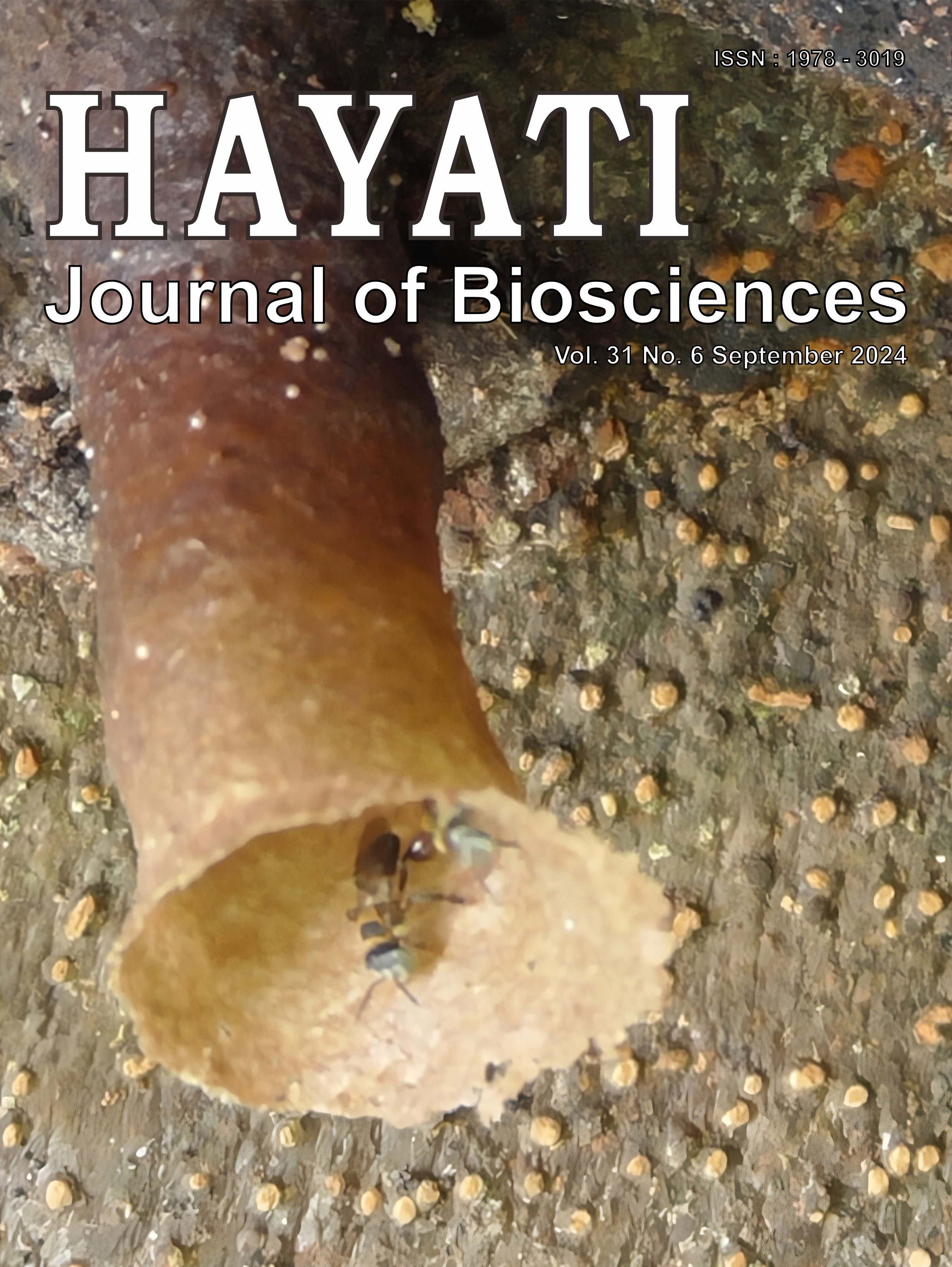A Kinetic Approach for Employing Two Duckweed Species, Lemna minor, and Spirodela polyrhiza, in the Sustainable Aquaculture Wastewater Treatment and Fish Feed Production
Abstract
Duckweed, a widely used natural fish feed, has also become more popular as the phytoremediation agent for wastewater, including one sourced from aquaculture. These two features indicate that duckweed can be utilized in a sustainable aquaculture system by treating and reclaiming nutrients from wastewater and then harvesting them for fish feed production. Hence, this study attempted to assess the approach of the two most known duckweed species, i.e., Lemna minor and Spirodela polyrhiza, in depleting NH4 and PO4 from synthetic controlled aquaculture wastewater as well as to understand their yield based on the N : P ratio. Cultivation in synthetic aquaculture wastewater media was carried out, followed by nutrient uptake and growth analysis. According to statistical analysis, both L. minor and S. polyrhiza could remove NH4 and PO4 with a relatively equal rate (p-val > 0.050). Nonetheless, both duckweed species absorb nitrogen more easily than phosphorous (p-val < 0.050). Considering the yield based on nutrient uptake, NH4 drove a more efficient yield for L. minor to S. polyrhiza at 16.70 g dry biomass/g NH4 and 14.14 g dry biomass/g NH4, respectively. Meanwhile, a higher yield was observed on S. polyrhiza than on L. minor regarding PO4 concentration, at 19.31 g dry biomass/g PO4 and 9.10 g dry biomass/g PO4, respectively. Therefore, a strategy to remove nutrients and produce biomass for fish feed can be formulated based on the N : P concentration ratio, where L. minor tends to produce biomass more rapidly in a higher N : P ratio, whereas S. polyrhiza works in the opposite.
Downloads
Copyright (c) 2024 Ridwan Muhamad Rifai, Anie Yulistyorini, Dwi Siswahyudi, Jenvia Rista Pratiwi, Ichsan Achmad Fauzi, Nina Rachminiwati

This work is licensed under a Creative Commons Attribution-NonCommercial 4.0 International License.
HAYATI J Biosci is an open access journal and the article's license is CC-BY-NC. This license lets others distribute, remix, tweak, and build upon author's work, as long as they credit the original creation. Authors retain copyright and grant the journal/publisher non exclusive publishing rights with the work simultaneously licensed under a https://creativecommons.org/

























.png) IPB University
IPB University Department of Biology
Department of Biology The Indonesian Biological Society
The Indonesian Biological Society 

